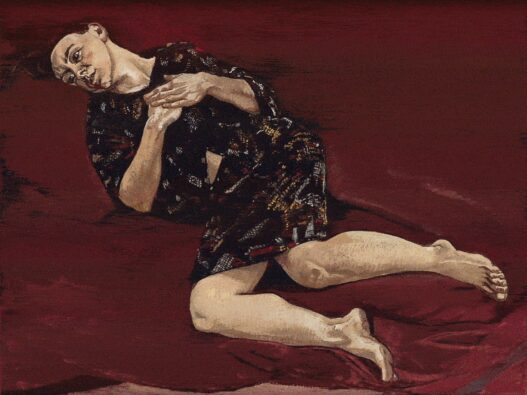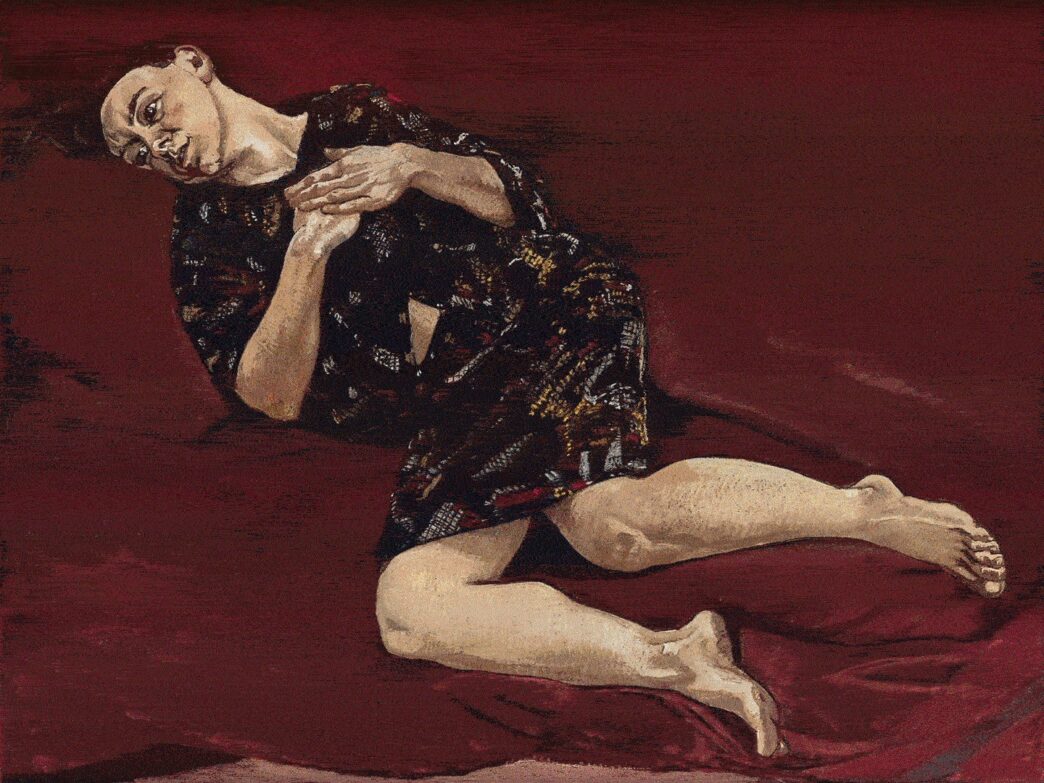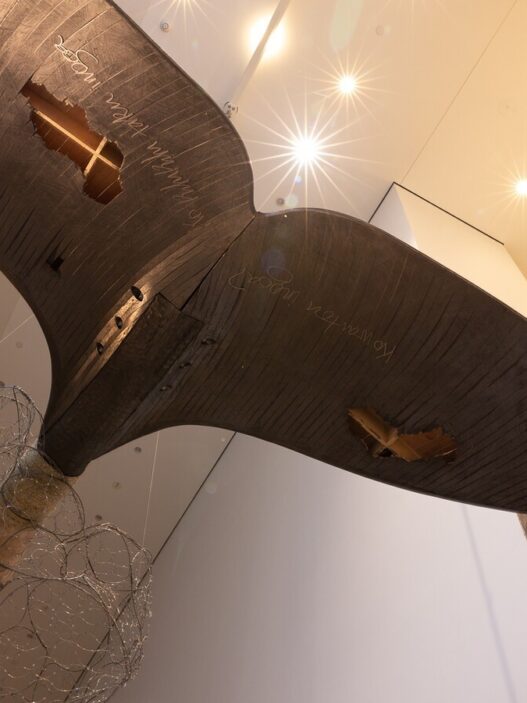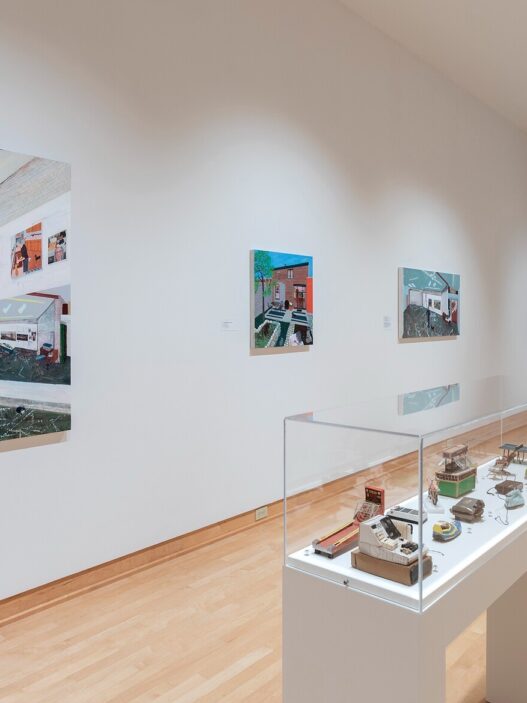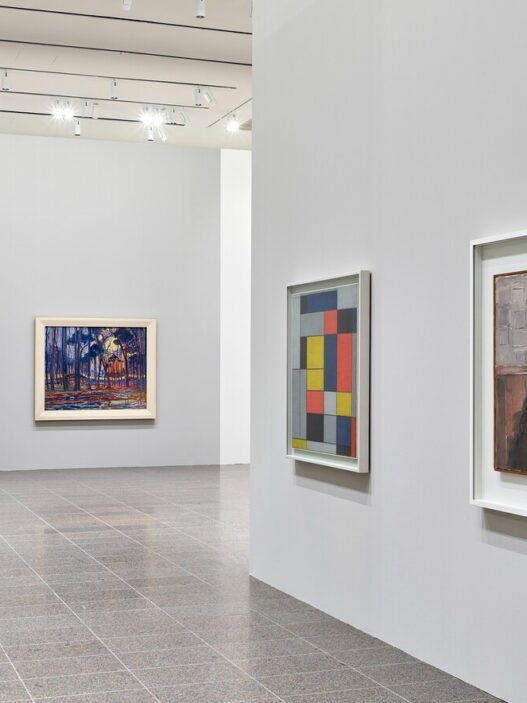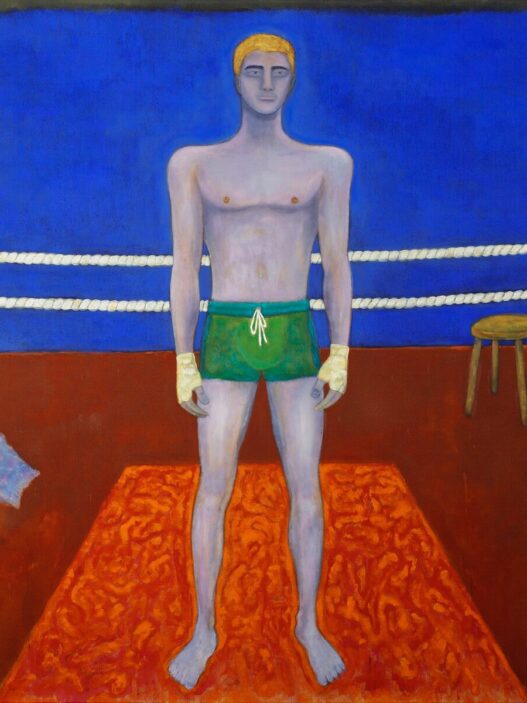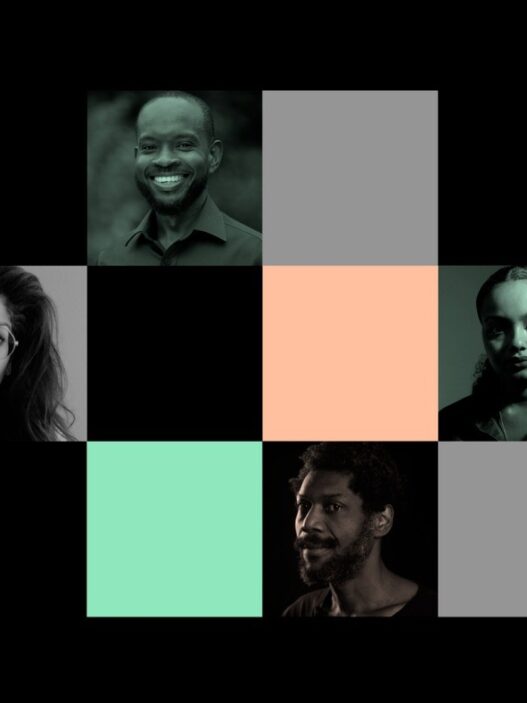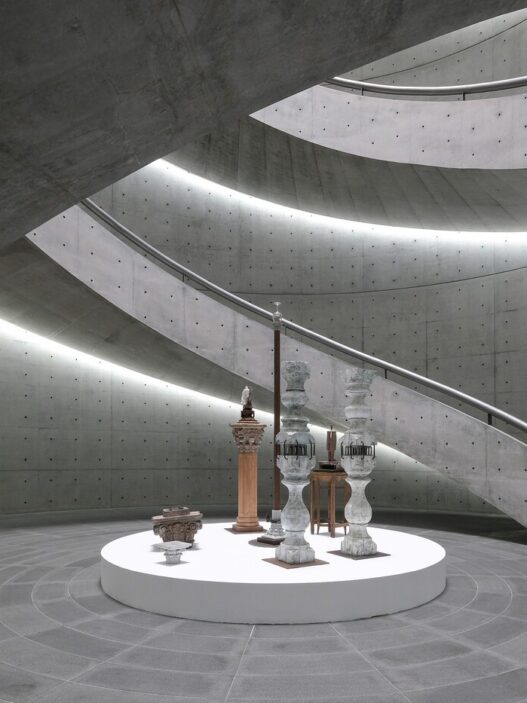October 30, 2022–January 29, 2023
The Kestner Gesellschaft is still looking for a tender narrator, conscious homo empathicus, who engages in critical intimacy and views tenderness as a tool and “a way of looking that shows the world as being alive, living, interconnected, cooperating with, and codependent on itself” following its summer group exhibition on the theme of tenderness (Olga Tokarczuk).
Paula Rego, Lucila Pacheco Dehne, and Marinella Senatore are three female artists whose exhibitions will be unveiled on October 29. The works of these three women are driven by passion and fantasy, desire and love, empathy for the human condition, as well as the drive towards emancipation and empowerment.
Paula Rego: There and Back Again
“I’m interested in seeing things from the underdog’s perspective. Usually that’s a female perspective”, claimed the Portuguese-British artist Paula Rego (1935–2022), Grande Dame of an uncompromising vision, a true tender narrator for our complex times of a psychological and physical anguish, and an unrivalled storyteller, heralded as a feminist icon. Her ground-breaking work addressed political injustice, fascism, women’s rights, abortion, and human sorrow while also altering traditional painting techniques and giving prominence to the underprivileged. Her difficult work was centered on the issues of violence, poverty, political oppression, gender discrimination, and bereavement. Paula Rego‘s art, which bravely challenges political myths and gently, yet with a ruthless honesty and dignity, explores human relationships, is more important than ever as a testament to resiliency and an unmatched subversive and rebellious strength.
Paula Rego. There and Back Again is the first institutional solo exhibition of Paula Rego in Germany, and comprises over 80 art works (paintings, drawings, prints, as well as costumes). Its title is borrowed from the ballet Pra lá e pra sá (There and Back Again) which the English composer Louisa Lasdun composed in 1998. The ballet, presented in the Calouste Gulbenkian Foundation in Lisbon, was inspired by her seeing Paula Rego’s Nursery Rhymes prints, and for which Rego designed the costumes.
The exhibition Paula Rego: There and Back Again is structured like an opera on the human condition, with a prelude (the rehearsal room), act one (role-playing and storytelling), act two (confronting the human condition), and act three (battles). The triumph of the underdog), all the way to 1989’s Finale (There and Back Again), which features Rego’s brilliant Angel. Rego’s 1990 enormous masterpiece Crivelli’s Garden, a potent anti-patriarchal statement of an art historical revision that has never been exhibited outside of its place of origin, the National Gallery London, serves as the focal point of the exhibition.
Ms. Paula Rego The first ever attempt at completely rebuilding Paula Rego’s studio was Theatrum Mundi. Since it invites us on a voyage into a transgressive and grotesque realm of theatrical imagination, it offers a singular glimpse into the artist’s creative process of working and thinking. It also celebrates Rego’s unmatched variety and the beauty of her storytelling. The studio had been painstakingly and tenderly rebuilt by Lila Nunes, Rego’s most significant and enduring creative friend and a sitter who frequently posed for several significant works, including the Angel and the Ostrich series on display in the exhibition. The studio was divided into two spaces: the quiet room (rest and thinking) and the busy room (work and action).This is a consummate story factory, resembling a theatre backstage and a rehearsal room, a microcosm fuelled by almost every kind of narrative fodder, from Portuguese folklore to political satire and childhood memory.
Lucila Pacheco Dehne: To All My Roaring Bodies, The Seeds And The Mountains
The Kestner Gesellschaft is starting a new cycle in its program called Future Scenarios with Lucila Pacheco Dehne’s exhibition. This cycle will be centered on the most recent artistic output by younger, up-and-coming artists, the “new contemporaries” from the local scene. It is a migratory, parasitic, transient format that responds to the Kestner Gesellschaft‘s architectural style and operates on the principle of sudden appearance and disruption.
The certainty of the known world is altered in Pacheco Dehne’s bizarre and fantastical scenes (*1994, Berlin; resides and works in Hannover). The first installation to occupy the area on the way to the kitchen is To All My Roaring Bodies, The Seeds And The Mountains. The artist explores the possibilities of cooking as a cultural practice that, at its core, harbors a resistant power, as well as the site’s lost meaning. The author Pacheco Dehne starts a discussion about how eating and cooking together generate new identities and how feminist rage uses a cultural trick. Here, the kitchen serves as a resistance cell that disperses power throughout the planet.
Marinella Senatore: Remember The First Time You Saw Your Name
Marinella Senatore, an Italian artist born in 1977 in Cava de’ Tirreni, sees art as a horizontal platform on which many but equal performers come together to create an energizing movement that tells a communal story. The core of the artist’s community-based, participatory initiatives is the continual conversation between popular culture, cultural history, and social institutions.
Remember the First Time You Saw Your Name (2020), a light sculpture by Senatore displayed on the façade of Kestner Gesellschaft, was inspired by the luminarie of southern Italy, elaborate light structures that customarily adorn cities and recreate cathedrals, piazzas, and other architectural and baroque features for public events and outdoor religious festivals.
The ornamental arcs from hundreds of colorful lights draw attention to the powerful message about the transience of time and life, which begins with being given a name. Senatore explicitly deals with questions about our own identity and the feeling of individual and collective belonging, and once again emphasizes her urgent demand for empowerment, emancipation, and care.
Elizabete Balčus: Hotel Universe
The Grand Opening Concert, Saturday, October 29, 9pm
Elizabete Balčus is a Latvian musician and performance artist who creates neo-psychedelic dream pop from collaged “juxtapositions of genres” and whose appearance morphs between an eccentric, diva-like ghost figure and postmodern digital animation. Her Hotel Universe is a textured soundscape of electro pop beats and siren-like vocal harmonies, sculptural flutes, and synthesisers played with fruits and vegetables.
Kestner Gesellschaft
Goseriede 11
30159 Hanover
Germany
Hours: Tuesday–Sunday 11am–6pm,
Thursday 11am–8pm
T +49 511 701200
F +49 511 7012020
[email protected]









